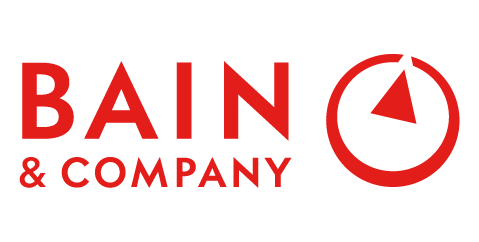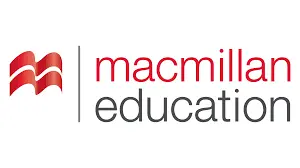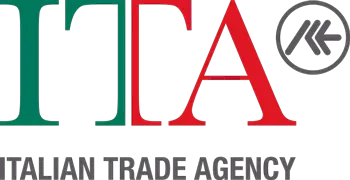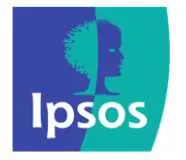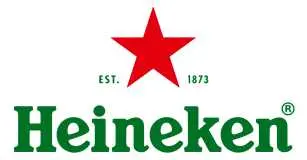
Life Science Analytical Instruments Market Growth, Size, Trends, Share, Scope and Future Outlook
Life Science Analytical Instruments Market Size- By Type, By Application, By End User- Regional Outlook, Competitive Strategies and Segment Forecast to 2033
| Published: May-2024 | Report ID: HLCA2450 | Pages: 1 - 207 | Formats*: |
| Category : Healthcare | |||
- March 2023: Thermo Scientific iCAP RQplus ICP-MS Analyzer, a new trace elemental analyzer that makes routine analyses in industrial, food, pharmaceutical, and environmental testing laboratories easier, was unveiled by Thermo Fisher Scientific Inc. (US).
- In January 2019: Agilent Technologies Inc. declared the launch of a new Mumbai facility. This facility is specifically designed to develop integrated workflow solutions from start to finish for a variety of end markets, including food testing, biopharma, and pharma.
- The debut of Abbott Informatics' STARLIMS Solution CL 11.0, which is specifically made to function in sectors including re-Clinical, Clinical Research, Biorepository, Molecular, and Academic Research, was announced in October 2018. They can convert data more quickly and easily thanks to HTML5 technology.
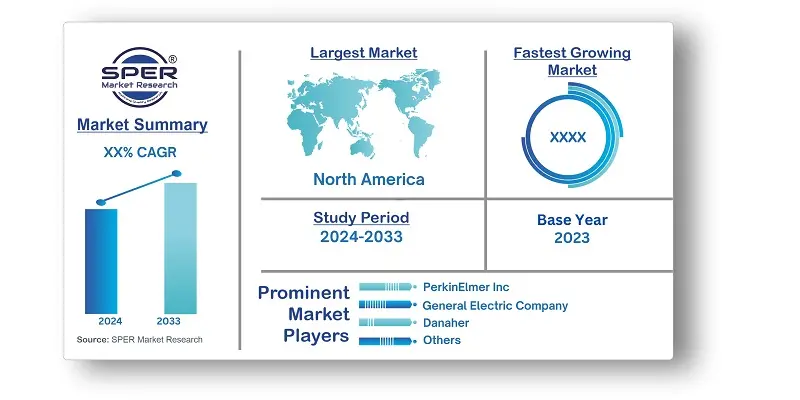

| Report Metric | Details |
| Market size available for years | 2020-2033 |
| Base year considered | 2023 |
| Forecast period | 2024-2033 |
| Segments covered | By Type, By Application, By End User |
| Regions covered | North America, Asia-Pacific, Latin America, Middle East & Africa and Europe |
| Companies Covered | PerkinElmer Inc, General Electric Company, Danaher, Thermo Fisher Scientific, Agilent Technologies Inc, Qiagen, Shimadzu Corporation, Becton Dickinson and Company, Bio-Rad Laboratories, Bruker. |
- Academic Institutions
- Biotechnology firms
- Government agencies
- Healthcare providers
- Pharmaceutical companies
- Researchers
- Scientists
| By Type: |
|
| By Application: |
|
| By End User: |
|
- Global Life Science Analytical Instruments Market Size (FY’2024-FY’2033)
- Overview of Global Life Science Analytical Instruments Market
- Segmentation of Global Life Science Analytical Instruments Market By Type (Microscopy, Chromatography, Cell Counting, Spectroscopy, PCR, Electrophoresis, Flow cytometry, Centrifuges, Next-Generation Sequencing, Others)
- Segmentation of Global Life Science Analytical Instruments Market By Application (Clinical and Diagnostic Application, Research Applications, Others)
- Segmentation of Global Life Science Analytical Instruments Market By End User (Pharmaceutical and Biotechnology Companies, Hospitals and Diagnostic Laboratories, Others)
- Statistical Snap of Global Life Science Analytical Instruments Market
- Expansion Analysis of Global Life Science Analytical Instruments Market
- Problems and Obstacles in Global Life Science Analytical Instruments Market
- Competitive Landscape in the Global Life Science Analytical Instruments Market
- Impact of COVID-19 and Demonetization on Global Life Science Analytical Instruments Market
- Details on Current Investment in Global Life Science Analytical Instruments Market
- Competitive Analysis of Global Life Science Analytical Instruments Market
- Prominent Players in the Global Life Science Analytical Instruments Market
- SWOT Analysis of Global Life Science Analytical Instruments Market
- Global Life Science Analytical Instruments Market Future Outlook and Projections (FY’2024-FY’2033)
- Recommendations from Analyst
1.1. Scope of the report1.2. Market segment analysis
2.1. Research data source2.1.1. Secondary Data2.1.2. Primary Data2.1.3. SPER’s internal database2.1.4. Premium insight from KOL’s2.2. Market size estimation2.2.1. Top-down and Bottom-up approach2.3. Data triangulation
4.1. Driver, Restraint, Opportunity and Challenges analysis4.1.1. Drivers4.1.2. Restraints4.1.3. Opportunities4.1.4. Challenges4.2. COVID-19 Impacts of the Global Life Science Analytical Instruments Market.
5.1. SWOT Analysis5.1.1. Strengths5.1.2. Weaknesses5.1.3. Opportunities5.1.4. Threats5.2. PESTEL Analysis5.2.1. Political Landscape5.2.2. Economic Landscape5.2.3. Social Landscape5.2.4. Technological Landscape5.2.5. Environmental Landscape5.2.6. Legal Landscape5.3. PORTER’s Five Forces5.3.1. Bargaining power of suppliers5.3.2. Bargaining power of buyers5.3.3. Threat of Substitute5.3.4. Threat of new entrant5.3.5. Competitive rivalry5.4. Heat Map Analysis
6.1. Global Life Science Analytical Instruments Market Manufacturing Base Distribution, Sales Area, Product Type6.2. Mergers & Acquisitions, Partnerships, Product Launch, and Collaboration in Global Life Science Analytical Instruments Market
7.1. Global Life Science Analytical Instruments Market Size, Share and Forecast, By Type, 2020-20267.2. Global Life Science Analytical Instruments Market Size, Share and Forecast, By Type, 2027-20337.3. Microscopy7.4. Chromatography7.5. Cell Counting7.6. Spectroscopy7.7. PCR7.8. Electrophoresis7.9. Flow cytometry7.10. Centrifuges7.11. Next-Generation Sequencing7.12. Others
8.1. Global Life Science Analytical Instruments Market Size, Share and Forecast, By Application, 2020-20268.2. Global Life Science Analytical Instruments Market Size, Share and Forecast, By Application, 2027-20338.3. Clinical and Diagnostics Applications8.4. Research Applications8.5. Others
9.1. Global Life Science Analytical Instruments Market Size, Share and Forecast, By End User, 2020-20269.2. Global Life Science Analytical Instruments Market Size, Share and Forecast, By End User, 2027-20339.3. Pharmaceutical and Biotechnology Companies9.4. Hospitals and Diagnostic Laboratories9.5. Others
10.1. Global Life Science Analytical Instruments Market Size and Market Share
11.1. Global Life Science Analytical Instruments Market Size and Market Share By Region (2020-2026)11.2. Global Life Science Analytical Instruments Market Size and Market Share By Region (2027-2033)11.3. Asia-Pacific11.3.1. Australia11.3.2. China11.3.3. India11.3.4. Japan11.3.5. South Korea11.3.6. Rest of Asia-Pacific11.4. Europe11.4.1. France11.4.2. Germany11.4.3. Italy11.4.4. Spain11.4.5. United Kingdom11.4.6. Rest of Europe11.5. Middle East and Africa11.5.1. Kingdom of Saudi Arabia11.5.2. United Arab Emirates11.5.3. Qatar11.5.4. South Africa11.5.5. Egypt11.5.6. Morocco11.5.7. Nigeria11.5.8. Rest of Middle-East and Africa11.6. North America11.6.1. Canada11.6.2. Mexico11.6.3. United States11.7. Latin America11.7.1. Argentina11.7.2. Brazil11.7.3. Rest of Latin America
12.1. PerkinElmer Inc.12.1.1. Company details12.1.2. Financial outlook12.1.3. Product summary12.1.4. Recent developments12.2. General Electric Company12.2.1. Company details12.2.2. Financial outlook12.2.3. Product summary12.2.4. Recent developments12.3. Danaher12.3.1. Company details12.3.2. Financial outlook12.3.3. Product summary12.3.4. Recent developments12.4. Thermo Fisher Scientific12.4.1. Company details12.4.2. Financial outlook12.4.3. Product summary12.4.4. Recent developments12.5. Agilent Technologies Inc.12.5.1. Company details12.5.2. Financial outlook12.5.3. Product summary12.5.4. Recent developments12.6. Qiagen12.6.1. Company details12.6.2. Financial outlook12.6.3. Product summary12.6.4. Recent developments12.7. Shimadzu Corporation12.7.1. Company details12.7.2. Financial outlook12.7.3. Product summary12.7.4. Recent developments12.8. Becton Dickinson and Company12.8.1. Company details12.8.2. Financial outlook12.8.3. Product summary12.8.4. Recent developments12.9. Bio-Rad Laboratories12.9.1. Company details12.9.2. Financial outlook12.9.3. Product summary12.9.4. Recent developments12.10. Bruker12.10.1. Company details12.10.2. Financial outlook12.10.3. Product summary12.10.4. Recent developments12.11. Others
SPER Market Research’s methodology uses great emphasis on primary research to ensure that the market intelligence insights are up to date, reliable and accurate. Primary interviews are done with players involved in each phase of a supply chain to analyze the market forecasting. The secondary research method is used to help you fully understand how the future markets and the spending patterns look likes.
The report is based on in-depth qualitative and quantitative analysis of the Product Market. The quantitative analysis involves the application of various projection and sampling techniques. The qualitative analysis involves primary interviews, surveys, and vendor briefings. The data gathered as a result of these processes are validated through experts opinion. Our research methodology entails an ideal mixture of primary and secondary initiatives.
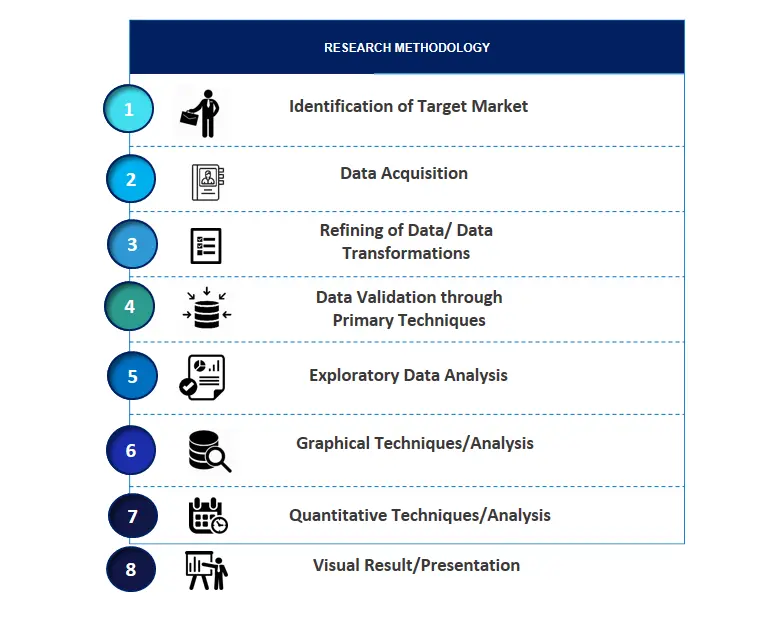
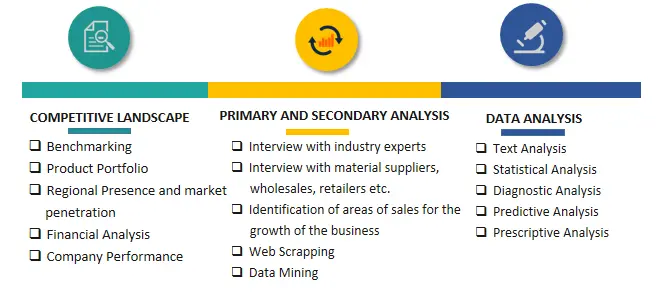

Frequently Asked Questions About This Report
PLACE AN ORDER
Year End Discount
Sample Report
Pre-Purchase Inquiry
NEED CUSTOMIZATION?
Request CustomizationCALL OR EMAIL US
100% Secure Payment






Related Reports
Our Global Clients
Our data-driven insights have influenced the strategy of 200+ reputed companies across the globe.







